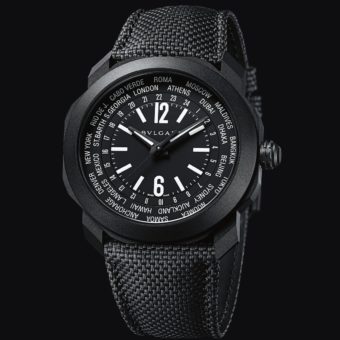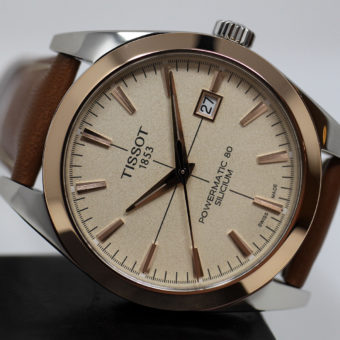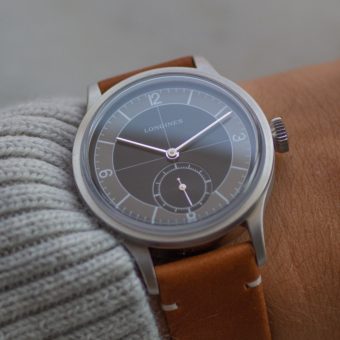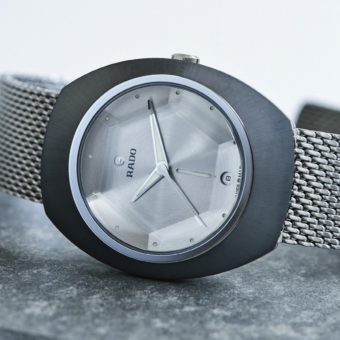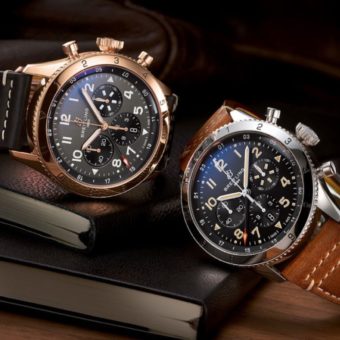It’s no secret in the watch community what a great value Baltic watches represents in the market — microbrand or otherwise. Founded in 2017 after two years of preparation, the brand kicked off with a successful Kickstarter campaign launching its first two watches: the time-only HMS 001 and chronograph-equipped BICOMPAX 001 (both below). Not too long afterward, the French company established a reputation for producing high-quality, vintage-inspired timepieces at an affordable price point.
Recently, I had an opportunity to sit-down (virtually) with founder Etienne Malec to learn a little more about the Baltic brand, where it’s been, and where it’s going, as well as to take a closer look at Baltic’s popular Aquascaphe, in steel as well as in its new bronze incarnation. Malec is currently spending his time in the French countryside as a result of the pandemic, leading his team of six remotely and posting some fantastic imagery of his adventures along the way, via his personal Instagram.
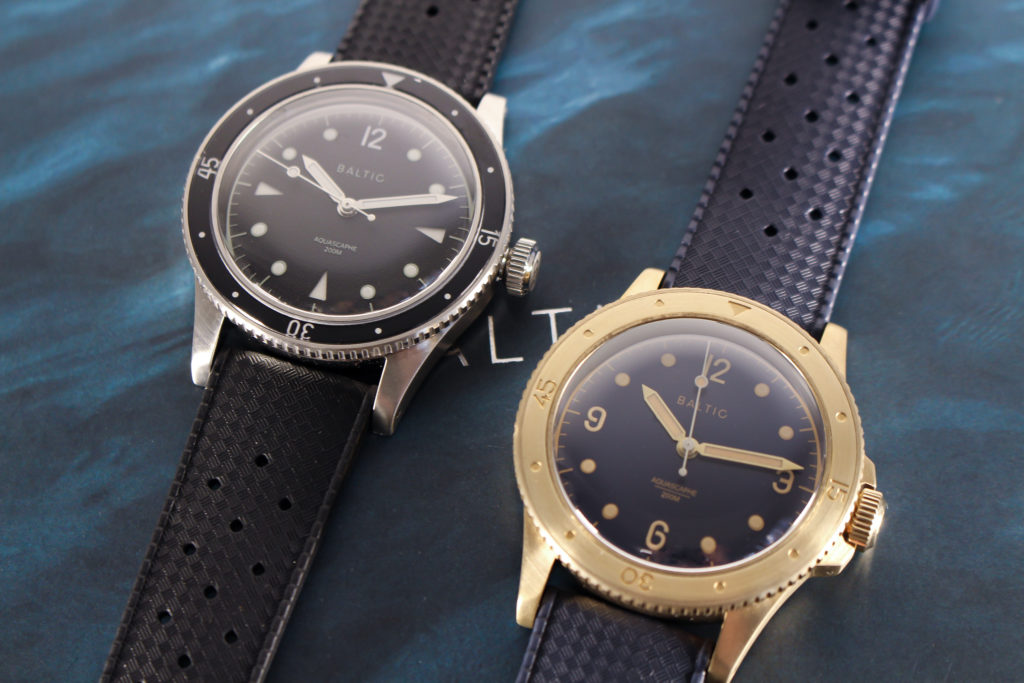
Etienne Malec and Baltic Watches
I first had the opportunity to speak with Malec in 2019 upon the reveal of the Aquascaphe dive watch, which I reviewed that year in its prototype phase. Then, as now, he remains incredibly driven and excited about his brand, and ready to share details on its latest projects and happenings.

The Baltic name, as you likely guessed, derives from the Baltic Sea north of eastern Europe. Its significance is one of even deeper relevancy to Malec, however, being the body of water closest to Poland, native land of his father, who died while he was a young boy. Thus the brand name honors both his father and his family’s roots in Polska before their immigration to France.
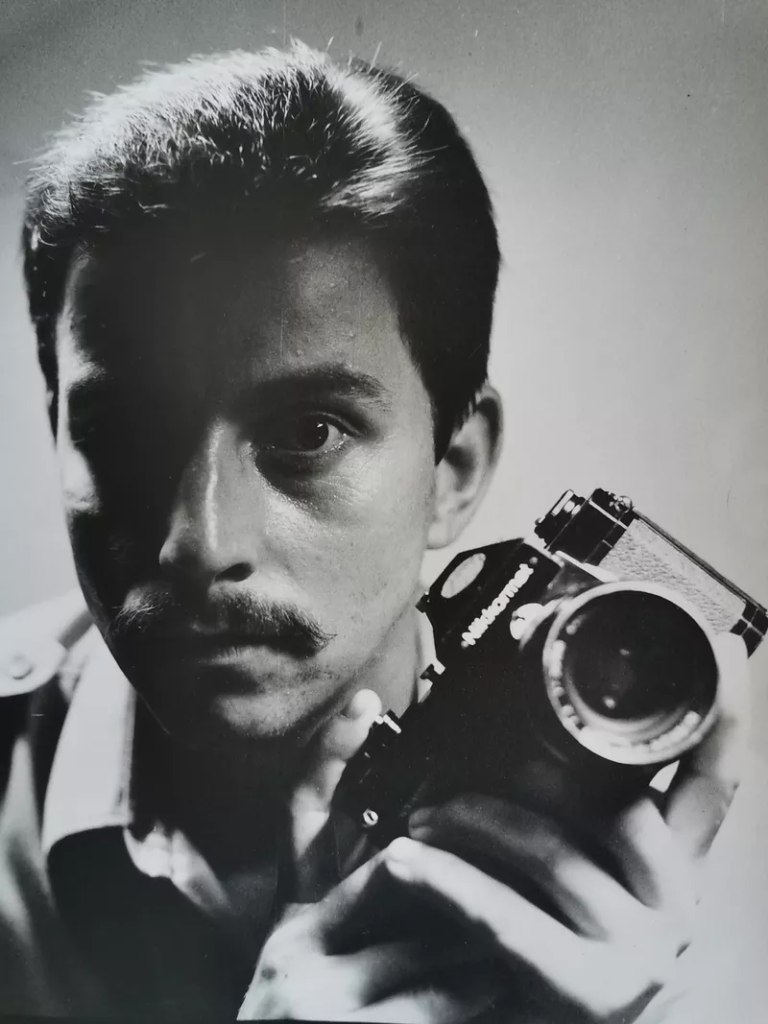
Malec’s father (pictured above) largely influenced other elements of the Baltic brand as well as much of Malec’s own professional path. His father, a photographer and watch collector, left him an extensive collection of vintage timepieces, which Malec inherited at age sixteen. Included within it were Breitling Navitimers, Omega Speedmasters, Zenith El Primeros, and many others. It even included an uncommon Waltham Bathyscaphe — a private label version of Blancpain’s Bathyscaphe — which largely served as the inspiration for Baltic’s Aquascaphe (pictured below, via Analog/Shift), as well as a number of chronographs and time-only models from the 1940s that served as the inspiration for the brand’s previous two designs.
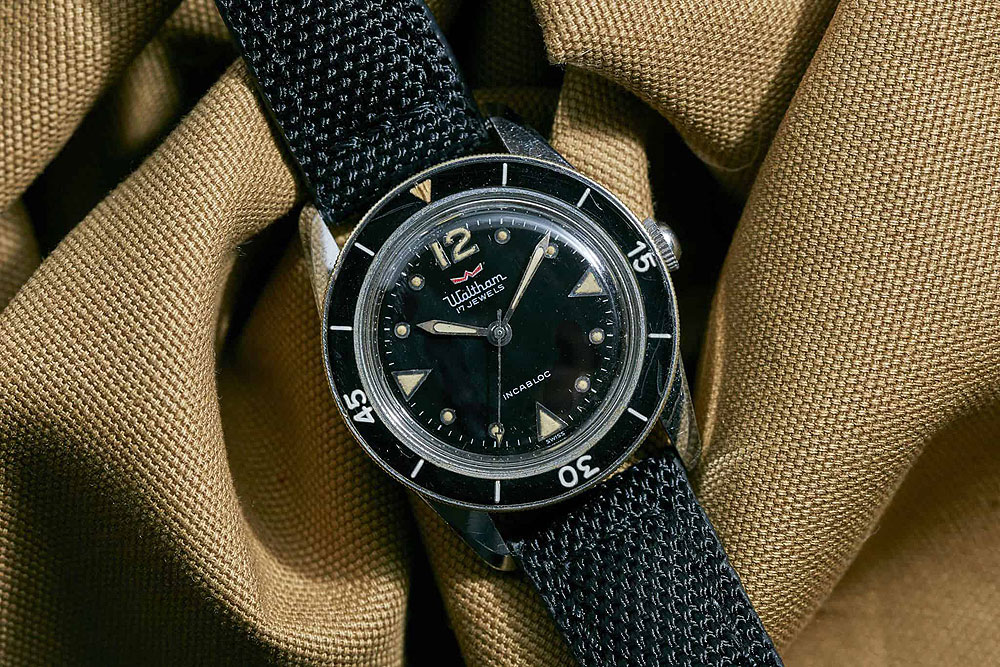
Soon after taking possession of the watch collection, Malec began dabbling in photography himself, working to photograph the watches that served as his father’s legacy (that’s his shot below, of a vintage El Primero). Soon after, he moved into travel photography, and four years later, his experiences in product, travel, and lifestyle photography greatly assisted him as he launched REZIN alongside his two partners, Clement Daniel and Paul Bienstman (both of which are also partners with him on Baltic), a Warby Parker-style eyeglasses brand popular in the European market. Today, Malec’s clear focus is on Baltic, serving as the brand’s face and spokesperson, all the while connecting the company’s story, and its success, to his family’s history.

Today, Baltic has quickly become a fixture in the microbrand watch market, expanding its team, its offerings, and its appeal far beyond the sometimes-insulated space of watch collectors into the broader market of fashion-focused consumers. The brand is now frequently mentioned alongside a handful of other popular French brands, such as Yema and March LA.B, and the Aquascaphe has appeared in round-up articles across the Web covering “top dive watches.”
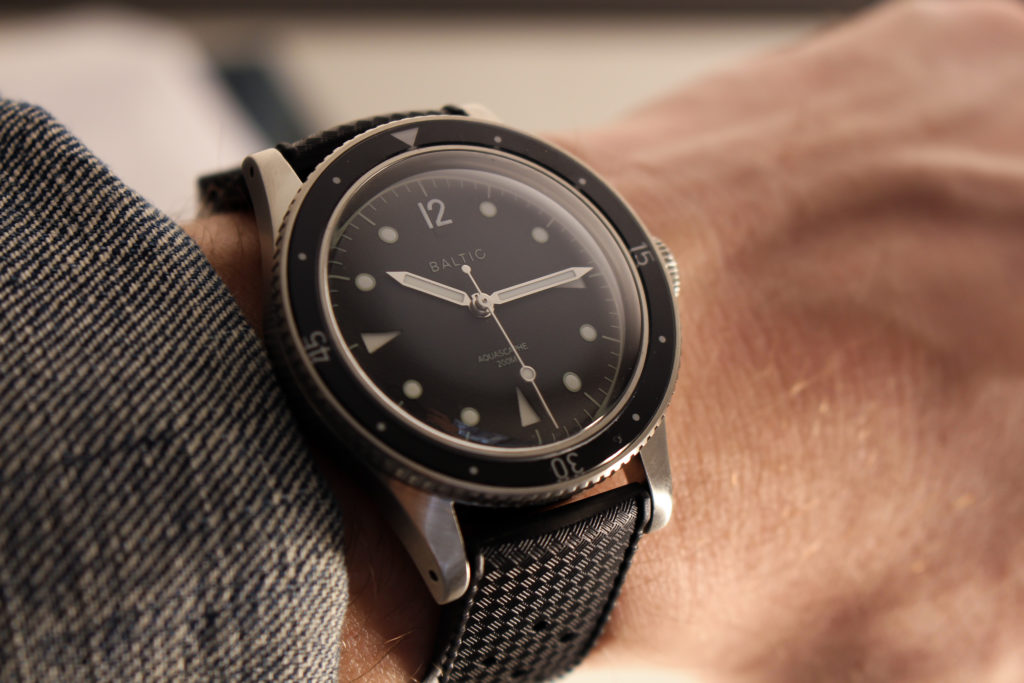
Baltic Aquascaphe Classic
Having mentioned the original Aquascaphe Classic so many times in this article, we should look at the now classic steel model a little more closely.
The 2019-released model uses a 38-mm by 47-mm brushed steel case, with a signed screw-down crown and slightly curved lugs connecting to a either a beads-of-rice steel bracelet or vintage-inspired, tropic-style rubber strap produced in France. The dial is surrounded by a slim unidirectional diving bezel (which actually increases the case size by 1 mm), which opts for a minimalist style in its sapphire insert, complete with shrunken markers for each five-minute position.
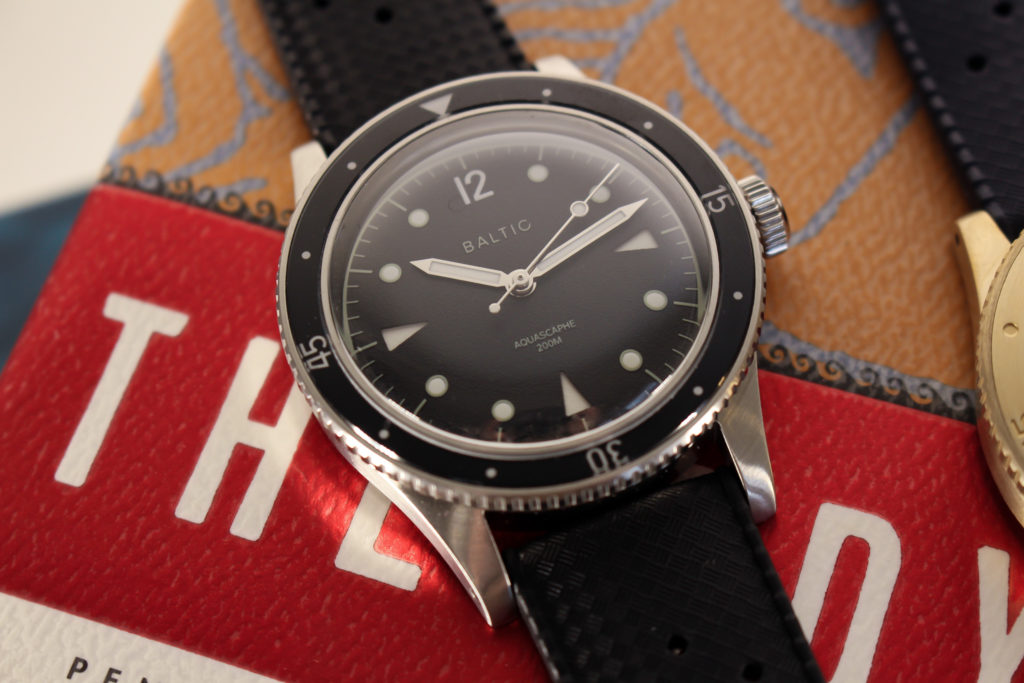
Underneath the domed crystal, we find the dial, which is available in either a sunray blue, textured black with white accents, or textured black with faux patina accents. On its outer edge is a simple minute ring, accented at each five-minute mark with printed dots and uncommonly sandwiched triangle hour makers, and an Arabic numeral at the 12 o’clock position. Passing over the dial are lume-filled pencil-style hands for the hour and minutes (which the brand dubs “maxi-hands”), as well a lollipop-tipped seconds hand; these hands move over a subtle Baltic logo towards the top of the face and the even smaller Aquascaphe text and dive rating labels toward the bottom.
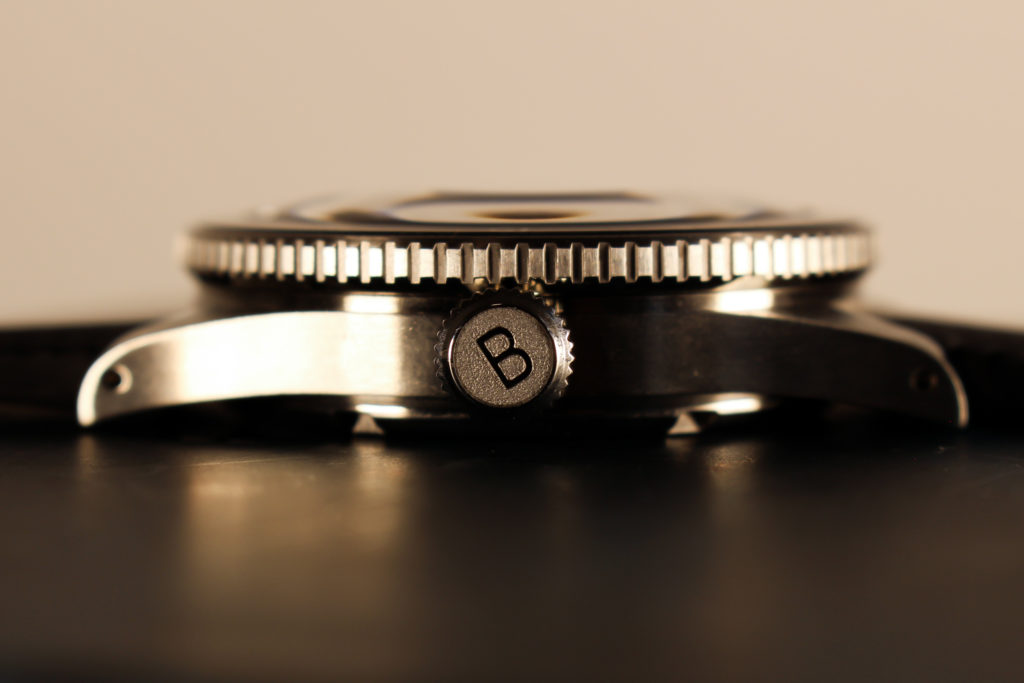
Inside the Aquascaphe Classic is a Japanese Miyota 9039 automatic movement with a 42-hour power reserve, a relatively accurate movement used often in affordably priced, time-only watches. The model is available directly through Baltic for about $650 on a tropic strap, or about $740 on a beads-of-rice bracelet.
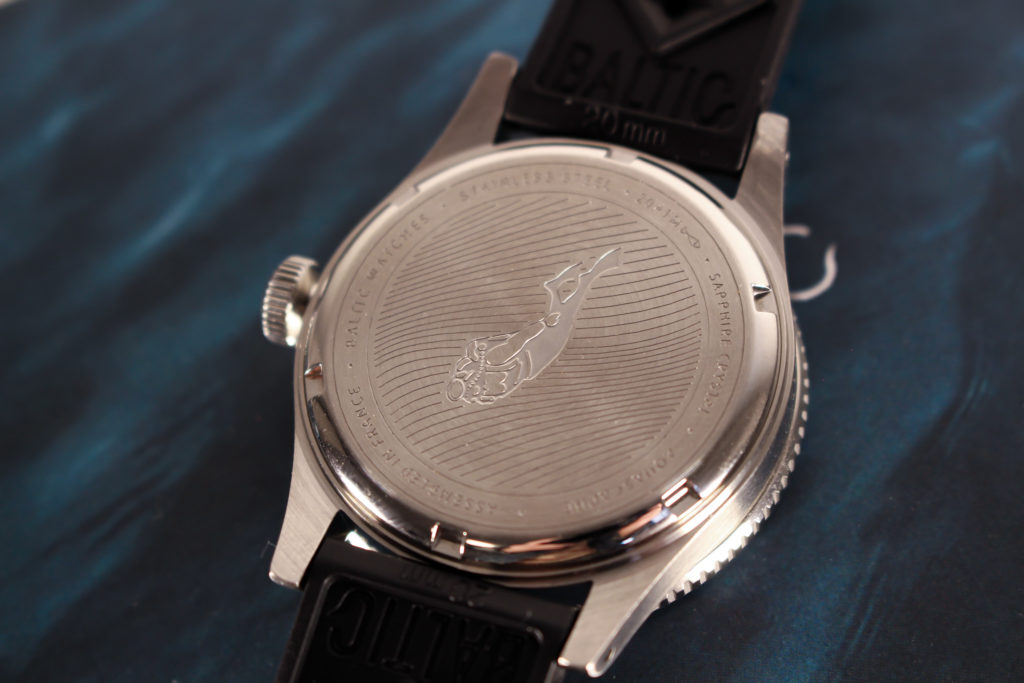
This is the first time I’ve reviewed an Aquascaphe on a longer-term basis since I initially photographed the model last year, and my thoughts on it are much the same now as then. The watch as a whole is a good value proposition, being relatively affordable for what is, in essence, a solidly built and handsome dive watch. The model might not be the first choice for a professional diver in the market for a new equipment, but for the vast majority of “desk divers” (especially those with a vintage-watch inclination), the Aquascaphe ticks many of the right boxes.
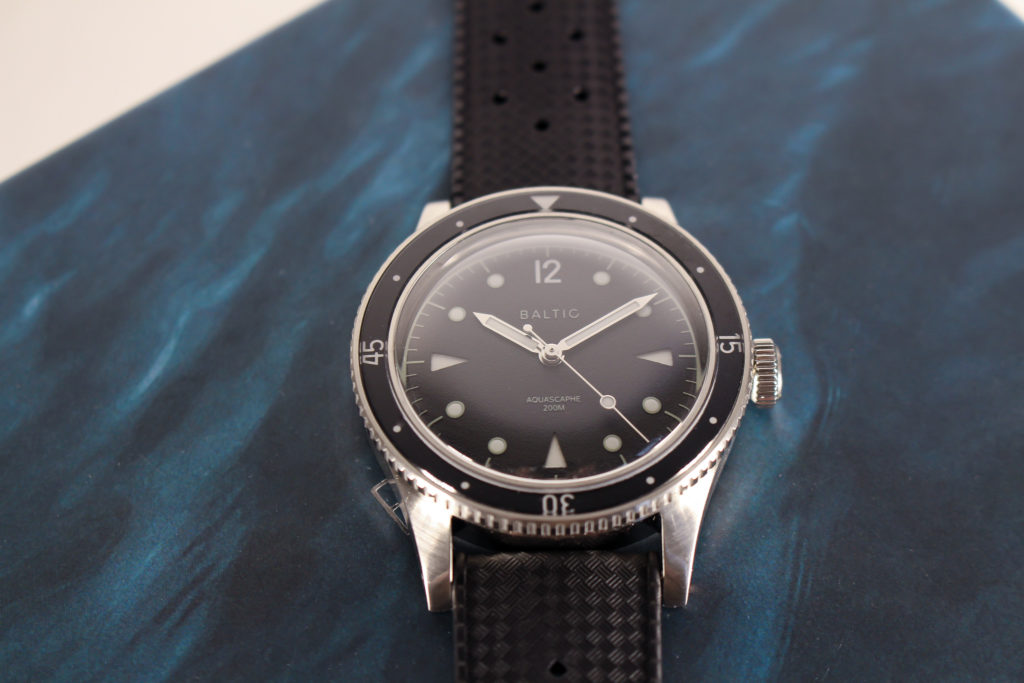
Baltic Aquascaphe Bronze
Next, we move to the Baltic’s latest release, the new Aquascaphe Bronze. This model has been highly anticipated and teased by the brand over the early parts of 2020, and was released to critical acclaim last month, quickly selling out shortly thereafter (and consequently being sold for double its retail price on online forums and auction houses). The goal of the model was to be a slightly dressier version of the original Aquascaphe, with the heavier and more exotic bronze material helping it transition easily between more and less formal scenarios.
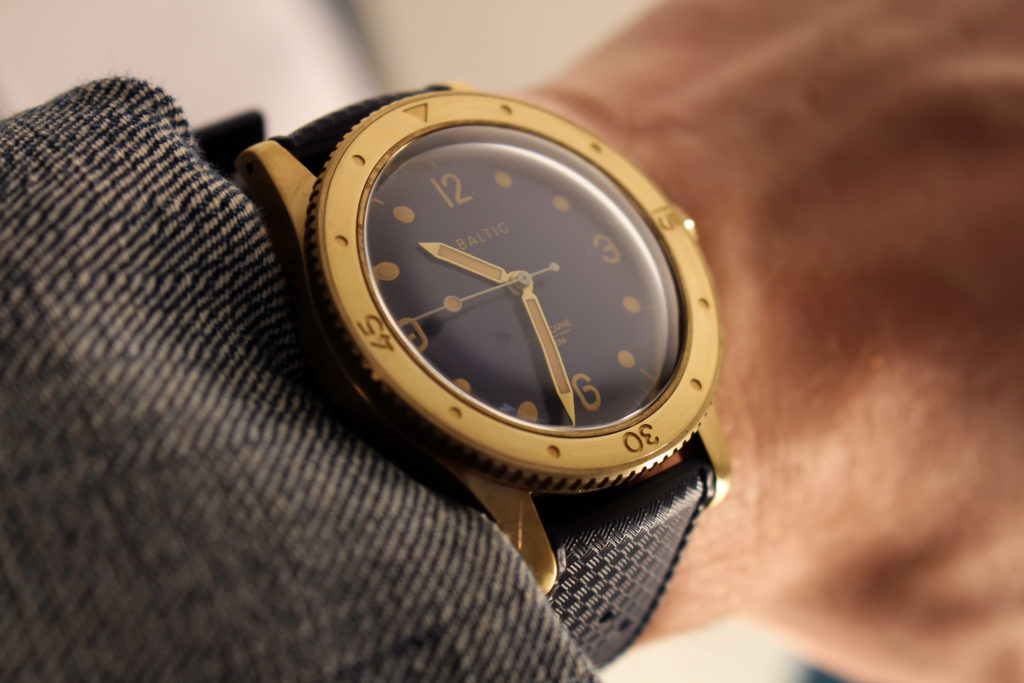
As far as looks, the Aquascaphe Bronze uses much of the original styling seen on the Classic, though slightly adjusted to achieve its own distinct aesthetic. The model uses a 38-mm bronze case, again with the 1-mm addition by the slightly oversized bezel. The brushed bronze case is made from CuAl, which is a bronze alloy composed of aluminum and copper, a contrast to the copper-and-tin alloy of traditional bronze. Baltic claims this type of bronze is more stable than its traditional counterpart, producing a slower and slightly different patina effect on its surface over time. The case also uses crown guards on its side to protect the “B” signed screw-down crown, and opts for a full-bronze insert creating a monocolor look that adds to the model’s intrigue.
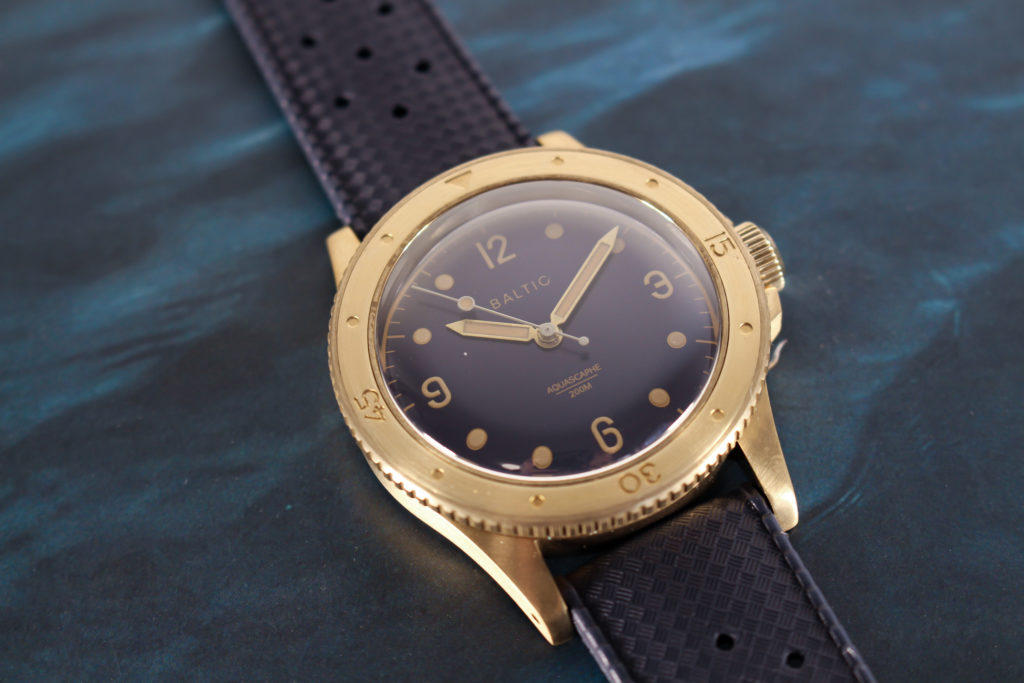
Underneath the sapphire crystal, we find the familiar sunray blue dial, though this time with the faux-patina-accented configuration composed of Arabic numerals at each quarter-hour rather than just at the top of the face. Besides this change, we still see the same subtle outer minute ring, with printed dot hour markers in between the quarters, and “maxi-hands” sweeping over it all.
Like the Classic model, the Aquascaphe Bronze also opts for the Miyota 9039 automatic caliber. The watch is currently sold out directly through Baltic, with the initial release including 300 numbered editions, though the brand has started a waitlist with regular, non-numbered production expected to be available later this year for a little over $700.
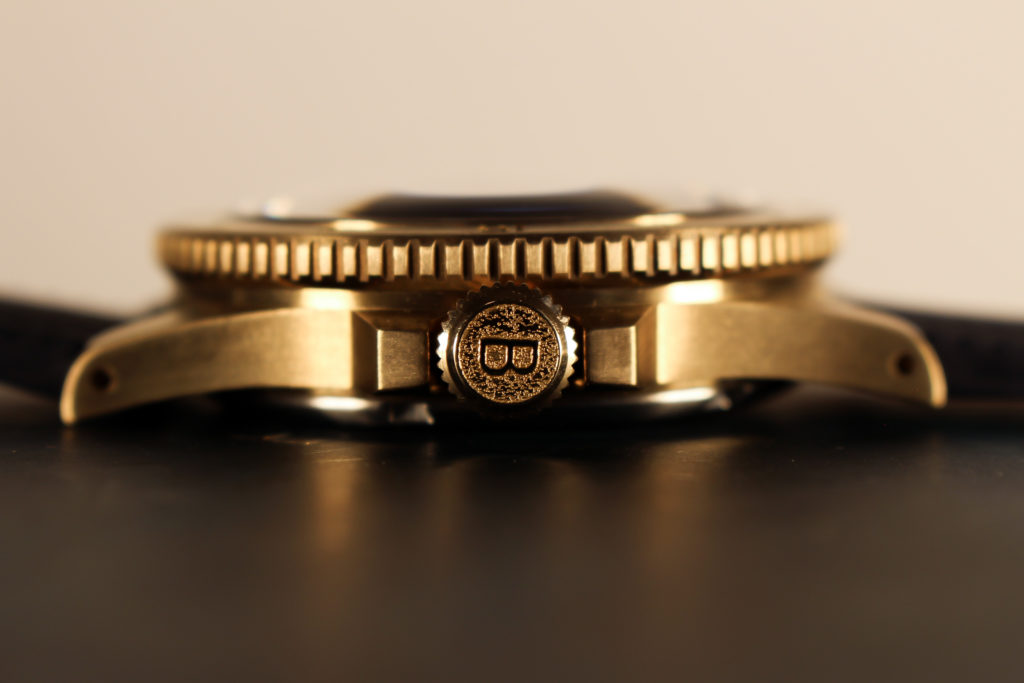
Like the Aquascaphe Classic, the new Bronze model also wears quite comfortably on the wrist, being well proportioned and at a great size. The additional heft brought on by the new metal is a nice touch, as is the addition of the monocolor bezel, Arabic numerals on the dial, and crown guards, which all come together to provide the watch with a distinct appearance from the steel version. I actually found myself reaching more for the new bronze edition during review than the steel, though this could have been my greater interest in it brought on by unfamiliarity than any inherent strength of one model over the other. I could well see a fan of the brand owning both.
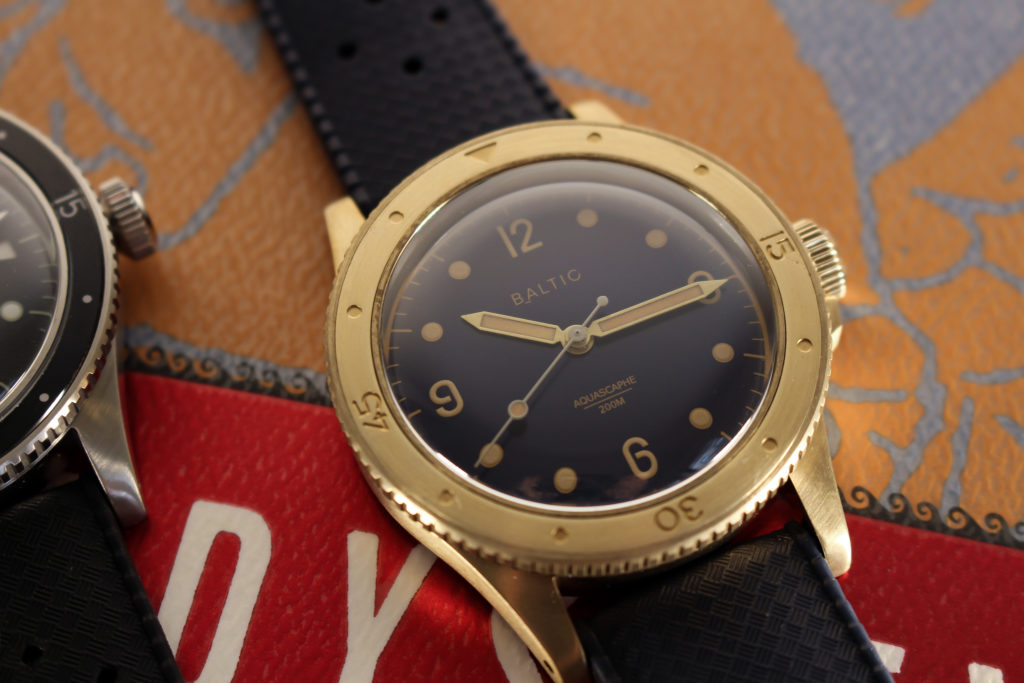
In Context
Compared to the market at large, Baltic is offering some of the most competitively priced vintage-inspired mechanical watches available. It speaks to the brand’s success that its divers’ watches are often listed alongside models from other popular and more established brands such as Tudor, Longines, and Oris.
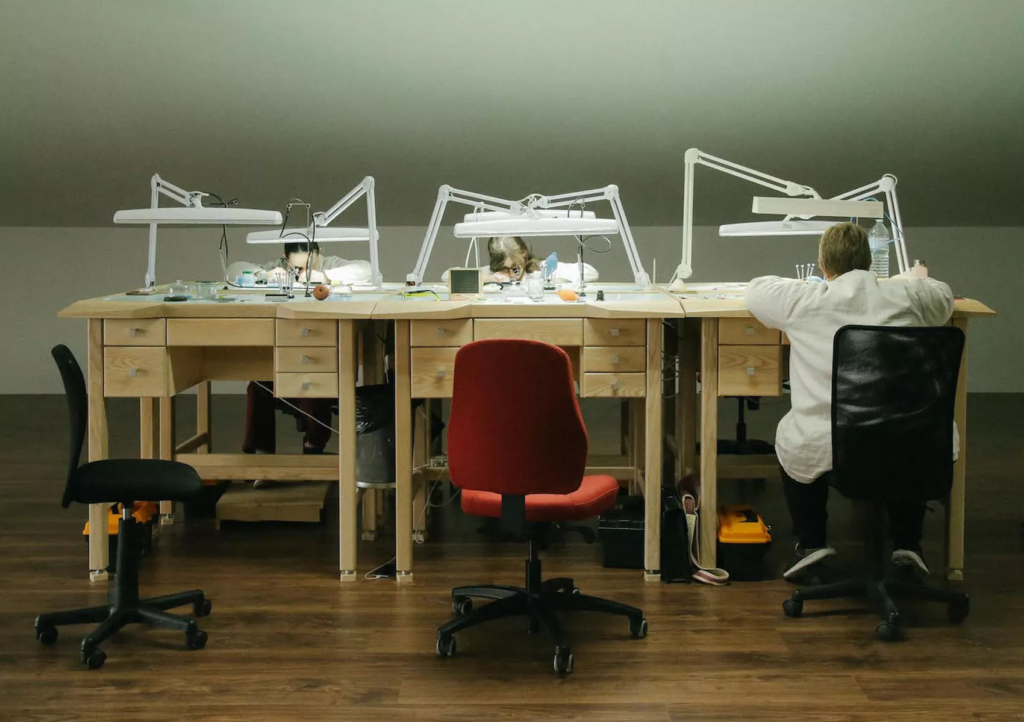
In summary, Baltic in a very short time has gone from a relatively unknown player in the microbrand market, to a major leader in showcasing what small, independent brands can do. Its dedicated leadership, solid branding, and attention-grabbing designs have certainly helped. At its core, Baltic is an easy-to-understand business: buying high-quality Asian-made parts (primarily from Hong Kong), assembling and adjusting them within its Besançon workshop, and ultimately selling them at affordable prices to a broad and growing base of interested consumers.
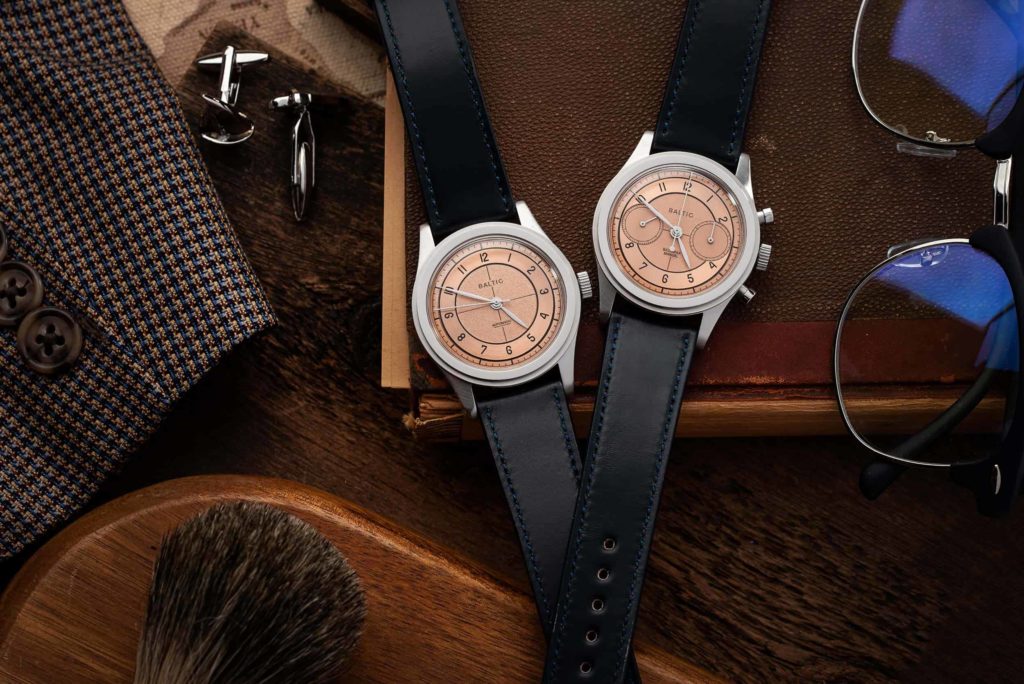
What’s next for Baltic? For starters, we can expect a regular-production introduction of the MK2 dial style first seen on the limited-edition release the brand launched with Worn & Wound, for starters (pictured above). That release included multi-textured salmon dial versions of the BICOMPAX chronograph and HMS, though this upcoming MK2 dial option won’t be including a regular-production salmon-dial version (likely to many collectors’ dismay). Yet Malec, always one with few limits on his imagination, remains open to future salmon-dial watches in the years to come. He also hinted at more “sports … [and] non-sports [watches], vintage inspired and more modern ones,” all coming together to expand the brand’s offerings to a hungry and engaged base of consumers. “We still have three years’ advance in our collection, with a lot of pretty watches coming,” Malec says, going on to tell me later, “I’m looking forward to [what’s] coming next.”
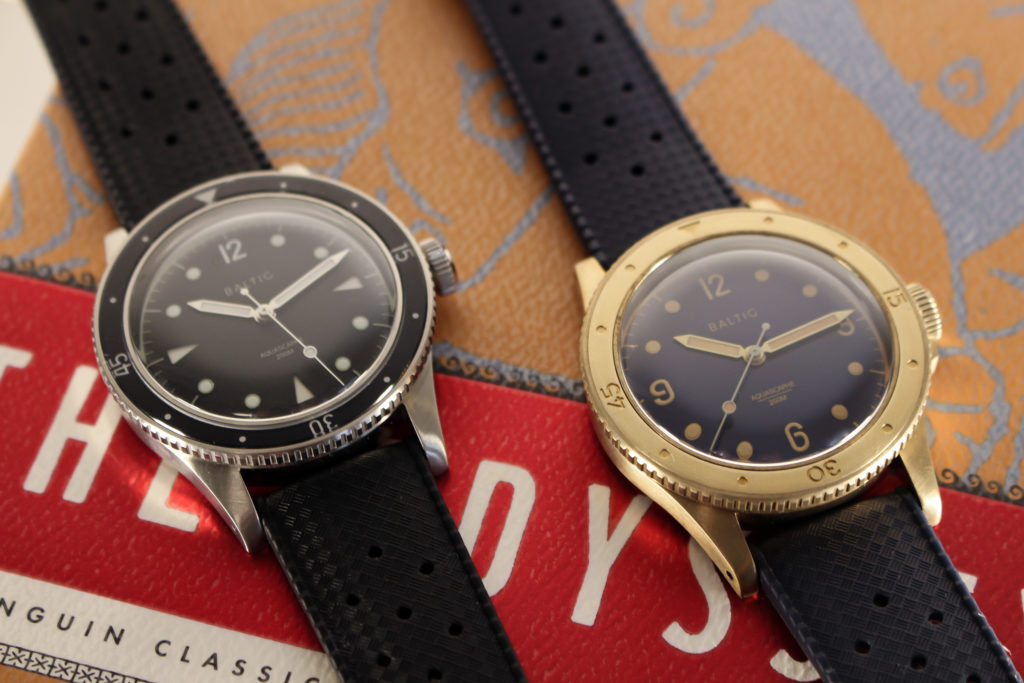
To learn more about Baltic and inquire about purchases, you can visit the company’s website here.
For our last #MicrobrandMonday, in which we speak with Singapore-based Akshay Solomon of Audric and go hands-on with the prototype SeaBorne 500 M Dive Watch, click here.






